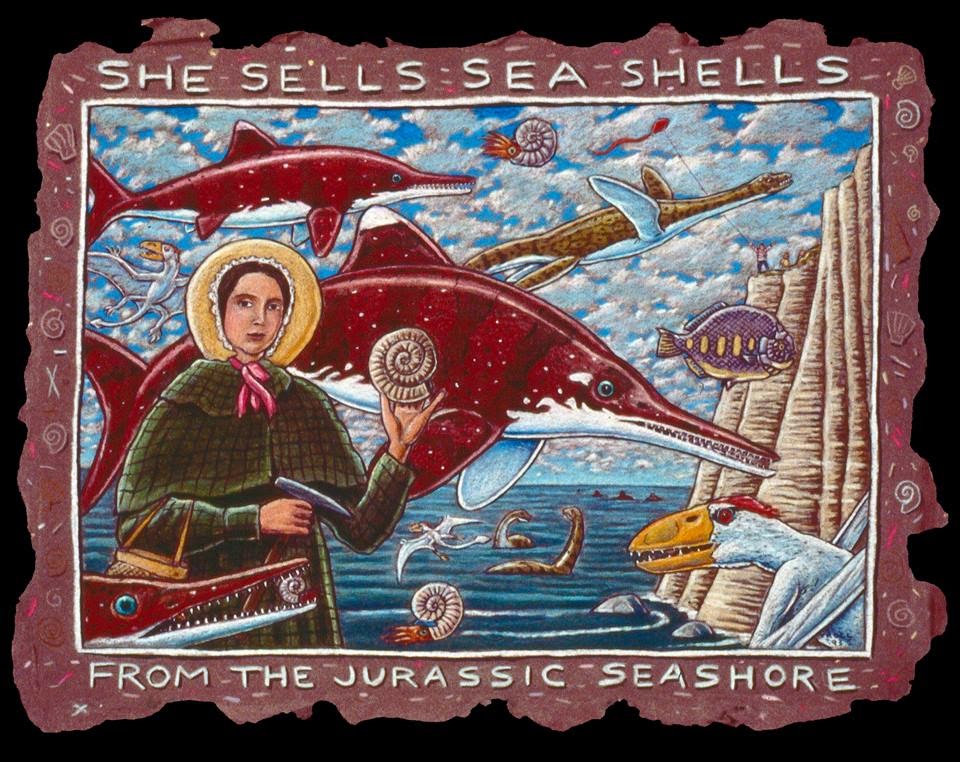
Back in January PBS aired a BBC television special called Attenborough and the Sea Dragon. Sir David Attenborough's name is gold when it comes to projects about the natural world and science, so it shouldn't be surprising that this remarkable nonegenarian gets first billing.
The program is about the discovery and excavation of the fossil remains of a 200 million year old ichthyosaur near Lyme Regis in southern England. Icthyosaurs were up to 16 metres in length and were fierce predators.
There was only passing mention of the first discovery of what was thought to be a form of fossilized crocodile in the same cliffs nearly 200 years ago. It was a young woman from a working class family named Mary Anning who developed a keen eye for fossils in a time when scientists and clergy were beginning to appreciate that there was literally more than the eye could see when it came to an understanding of creation. Mary discovered the first ichthyosaur and was soon sought out the men who were exploring this relatively new and religiously fraught field.

Tracey Chevalier has written a very readable and enjoyable fictional exploration of Mary's life called Remarkable Creatures. It helps readers appreciate the issues of the day, including the general contempt society had for the intelligence of women and particularly those of the "lower class."
In the novel Mary, whose family was religious, asks the Rev. Buckland (an actual Anglican priest and paleontologist of the period) about extinction of species and the implications for the emerging exploration of different theories of evolution. The priest is cautious in his response but responds "God in his infinite wisdom has peppered the world with mysteries for men to solve. This is one of them, and I am honoured to take on the task."
Eventually Mary Anning was recognized for her contributions and last year - two hundred years later -- a room at the Natural History Museum in south Kensington, London, was transformed in her honour. I thought it rather sad that two centuries after Anning's extraordinary discovery Sir David and the crew didn't more to acknowledge this pioneer.
Oh yes, Anning may have been the source of the tongue-twister "she sells sea shells by the seashore!"

No comments:
Post a Comment